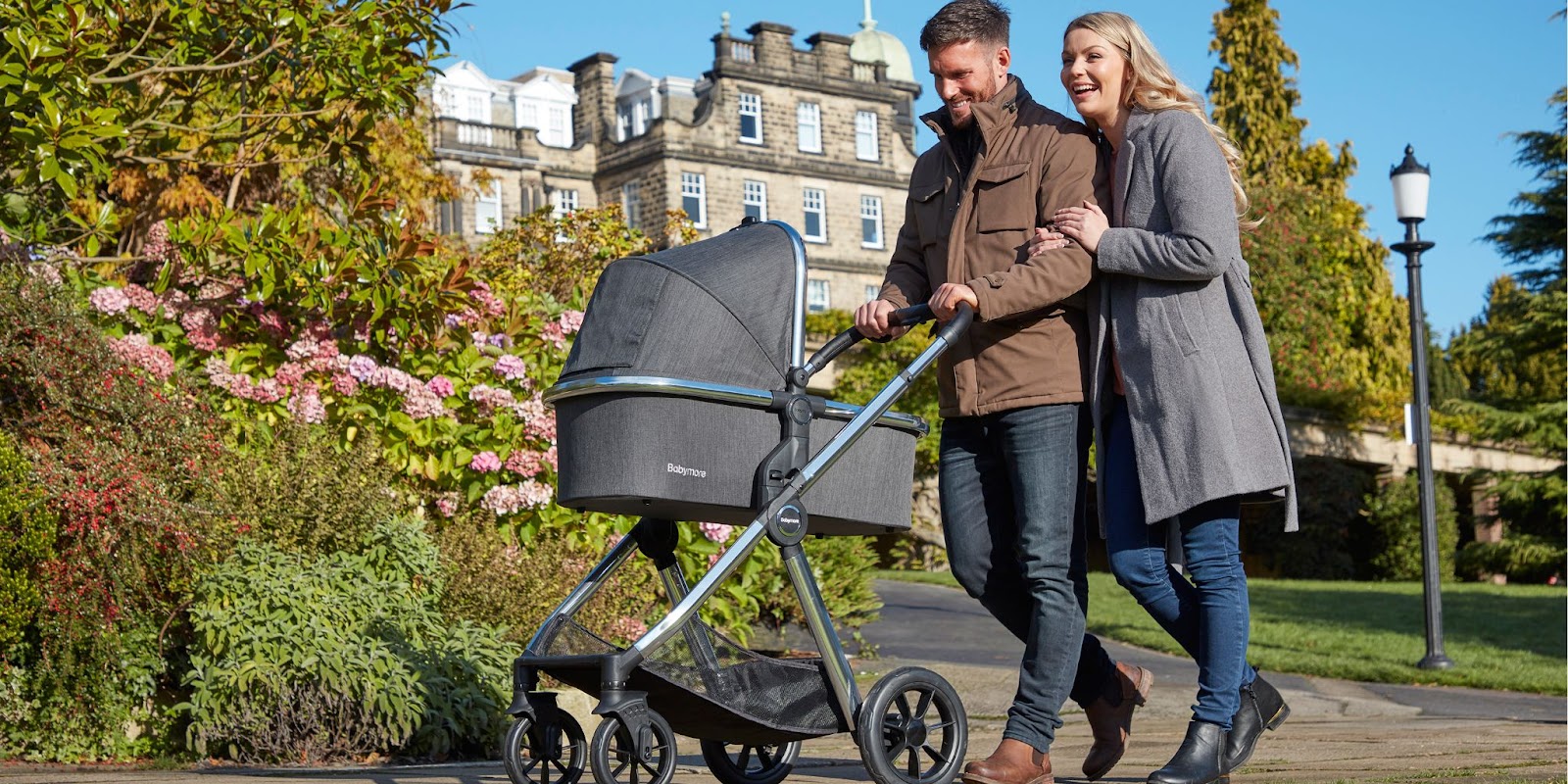Choosing the right mode of transport for your little one is one of the first major decisions new parents face. Whether it’s for a quick trip to the park or a day out with the family, the comfort, safety, and practicality of your baby’s ride matter. That’s where the great debate between pushchairs and prams comes into play. With so many options from trusted brands like Babymore, parents can easily feel overwhelmed. This guide breaks down the differences, advantages, and considerations to help you make the best choice for your baby and your lifestyle.
Understanding the Basics: What is a Pram?
A pram, short for “perambulator,” is a classic baby transport option designed specifically for newborns. It features a flat, bassinet-style bed that allows babies to lie completely flat. This position supports healthy spinal development and ensures proper breathing, which is especially important in the early months. Prams often come with large wheels and a sturdy frame, making them ideal for long walks and smooth rides over a variety of terrains.
What Exactly is a Pushchair?
A pushchair, sometimes referred to as a stroller, is a more upright seat where older babies and toddlers can sit while being pushed. These are typically more compact, lightweight, and often foldable. Many pushchairs are suitable for babies from around six months onwards—when they can sit up and support their heads—though some models come with reclining options that accommodate younger infants.
Age Matters: Matching the Gear to Developmental Stages
One of the most significant factors in choosing between a pram and a pushchair is your baby’s age. Newborns require a flat-lie position, which makes prams ideal for the first few months. Once your baby has better head and neck control, usually around six months, a pushchair becomes a practical and safe option. Some modern travel systems cleverly combine both options, allowing parents to switch from a pram bassinet to a pushchair seat as the baby grows.
Lifestyle Considerations: Where and How You’ll Use It
Your daily habits and living situation should heavily influence your choice. If you live in an urban area with narrow sidewalks, small elevators, or rely on public transport, a compact pushchair might be your best bet. On the other hand, if you love long countryside walks or have a spacious car, a pram with robust wheels and a comfortable suspension system might be more suitable. Think about how often you’ll fold and store the unit, and whether you’ll need it to fit into tight spaces.
Practicality vs. Comfort: Striking the Right Balance
Prams are often seen as the more luxurious and comfortable option, especially for newborns. They provide a snug, cocoon-like space that shields your baby from noise and light, making them great for napping on the go. However, they can be bulky and less travel-friendly. Pushchairs, especially modern lightweight models, offer greater convenience for quick trips, errands, and active parents. Some come with reversible seats, adjustable handles, and generous storage baskets—features that enhance usability without compromising too much on comfort.
Storage and Portability: Will It Fit Your Life?
Before buying, consider the size and weight of your chosen model. Prams tend to be heavier and take up more space, both in your car and at home. Pushchairs, particularly umbrella-style ones, are easier to fold, lift, and transport. This makes a huge difference if you frequently travel or need to maneuver through tight spaces. Also, think about whether you’ll need to carry it up stairs or store it in a small hallway—because convenience counts just as much as comfort.
Versatility and Longevity: The Case for 2-in-1 Systems
If you’re looking to make a long-term investment, consider a 2-in-1 or 3-in-1 travel system. These clever designs combine a pram, pushchair, and sometimes even a car seat into one integrated system. Brands like Babymore offer such modular solutions that grow with your baby. While the upfront cost may be higher, the extended usability and all-in-one convenience often prove to be more economical in the long run.
Weather Protection and Safety Features
Don’t forget to evaluate safety and weatherproofing. Look for models with five-point harness systems, strong braking mechanisms, and sun/wind canopies. Prams often come with better enclosure against the elements, but many pushchairs offer rain covers, extendable hoods, and UV protection too. Make sure the materials are breathable, washable, and durable. Whether it’s a hot summer day or a breezy afternoon, your baby’s comfort and safety should always come first.
Budget Planning: Cost vs. Value
While it’s tempting to go for the cheapest option, remember that this is a product you’ll use almost every day for the first few years of your baby’s life. Prams are generally more expensive due to their size and build quality, but they offer unmatched comfort for newborns. Pushchairs, on the other hand, come in a wide range of prices, and many budget-friendly models still offer excellent features. Assess your budget but also consider resale value, warranty, and brand reputation when making your choice.
Final Thoughts: Which One Should You Choose?
Ultimately, the best choice depends on your baby’s needs and your lifestyle. If you have a newborn and prioritize comfort and support, a pram is ideal. If your baby is older or you’re constantly on the move, a pushchair could better suit your routine. For those who want the best of both worlds, a hybrid travel system is a smart, flexible investment.
Choosing between a pushchair and a pram isn’t just about aesthetics or brand—it’s about finding a solution that works for your day-to-day life while keeping your baby safe and comfortable. Take your time, test a few models if possible, and trust that the right choice will make your parenting journey smoother and more enjoyable.



